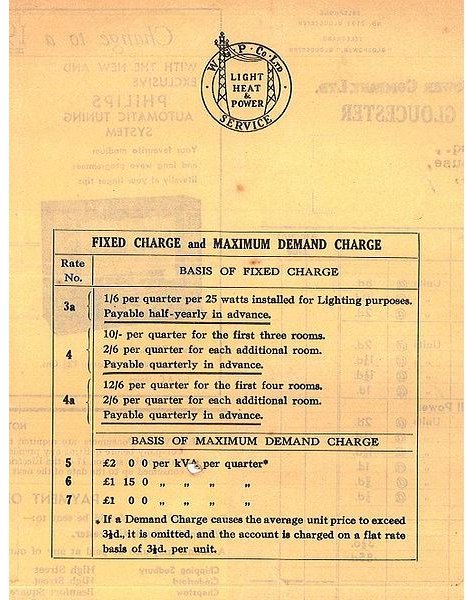Comparing Accounts Payable vs. Accrued Expenses Payable
Accounts Payable and Accrued Expenses Definitions

A comparison between accounts payable vs. accrued expenses payable starts off with their basic definitions, in order to grasp the full essence of the differences between these two accounts.
Accounts payable are business obligations or liabilities arising from trade-related transactions usually incurred in relation to procurement of goods and/or services to be utilized in the ordinary course of business operations.
These are short-term liabilities usually extended by a supplier or a service provider to the business owner out of good faith but based on the credit history and paying capacity of the latter. In addition, it promotes goodwill as it entails reciprocity. The supplier gains in terms of profit, while the procurer, on the other hand, gains from interest-free credit.

Accrued expenses payable are basically adjusting entry accounts used as tools to recognize all types of unrecorded expenses incurred but not yet fully paid, which were utilized or employed in generating the business income in a given period. Since no actual cash payout is involved as of recording, there is the necessity to temporarily lodge the expenses as liabilities, pending their cash settlement in the near future.
As a matter of procedure, all accrued expenses payable entries require reversal entries, since they are only temporary in nature.
Comparing the Accounting Entries between Accounts Payable vs. Accrued Expenses Payable
Accounts Payable
- To record goods for resale or raw materials for manufacture purchased on credit.
Dr. Purchases – Goods for Resale or Raw Materials ——— $ xyz
Cr. Accounts Payable Trade ——— $ xyz
- To record services received on credit
Dr. Operating Expenses (e.g. Traveling ) ——— $ xyz
Cr. Accounts Payable – Trade Services (e.g. Eagle Airways) ——— $ xyz
- To record payment of accounts payable currently due and demandable.
Dr. Accounts Payable – Trade Supplier or Trade Services ——— $ xyz
Cr. Cash in Bank ——— $ xyz
Accrued Expenses Payable
- To recognize expenses applicable for the period that remain unpaid as of the accounting cut-off date.
Dr. Operating Expenses (e.g. Salaries, Utilities, Interest, Rent) ——— $ xyz
Cr. Accrued Expenses Payable – (description of expense) ——— $ xyz
- To reverse the accrual entry upon actual payment of the accrued expenses booked prior to the accounting cut-off date.
Dr. Accrued Expenses Payable – (description of expense) ——— $ xyz
Cr. Cash in Bank ——— $ xyz
Comparing the Accounting Principles that Govern Accounts Payable & Accrued Expenses
Inasmuch as accounting transactions are governed by accounting principles, let us examine the applicable tenets considered in the use of these accounts:
Accounts Payable:
Principle of “Going Concern” – By this principle, the company should procure on credit not for mere purposes of increasing the company’s assets but for purposes of investments, where fair returns can be expected in the use of interest-free credit. Acquisition of capital assets on credit should also be considered according to its contribution in income generation.
Principles of Conservatism, Realization, Costs and Monetary Measurements - The business can expect a fair return based on prudent or conservative projections. Most companies who went against these tenets ended up with more debts by resorting to purchases on credit, without proper measurement of costs against benefit, which did not result in the material or substantial realization of the high rate of return they projected.
Principle of Objectivity - The objective of purchasing on credit is to take advantage of the time period in which goods or services purchased can be harnessed to produce a fair amount of return in the form of income, before cash is actually dispensed.
Accrued Expenses Payable
Matching Principles - Expenses should be properly recognized as reduction of the income amount they generated for the same accounting period. The accrual method is used for matching unrecorded expenses that are directly related to the income reported for the year.
Principles of Materiality and Measurement of Costs – These are the guidelines in determining to what extent by which unrecorded expenses will be accrued. If the amount is immaterial and will not affect the cash position or profit presentation of the company, the matter of accruing the expense is not necessary.
Principle of Consistency – The company should institute a policy regarding amounts considered as immaterial. This way, there will be consistency in applying the accrual method based on materiality concept.
Based on all differences cited above, accounts payable vs. accrued expenses are not interchangeable as far as their uses in recognizing business liabilities are concerned.
Reference Material and Image Credit Section
References:
- Treasurer’s Directions- Accounting Liabilities Secction A3.2: Accounts Payable and Accrued Expenses from DocStoc.com
Image Credit: